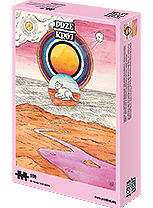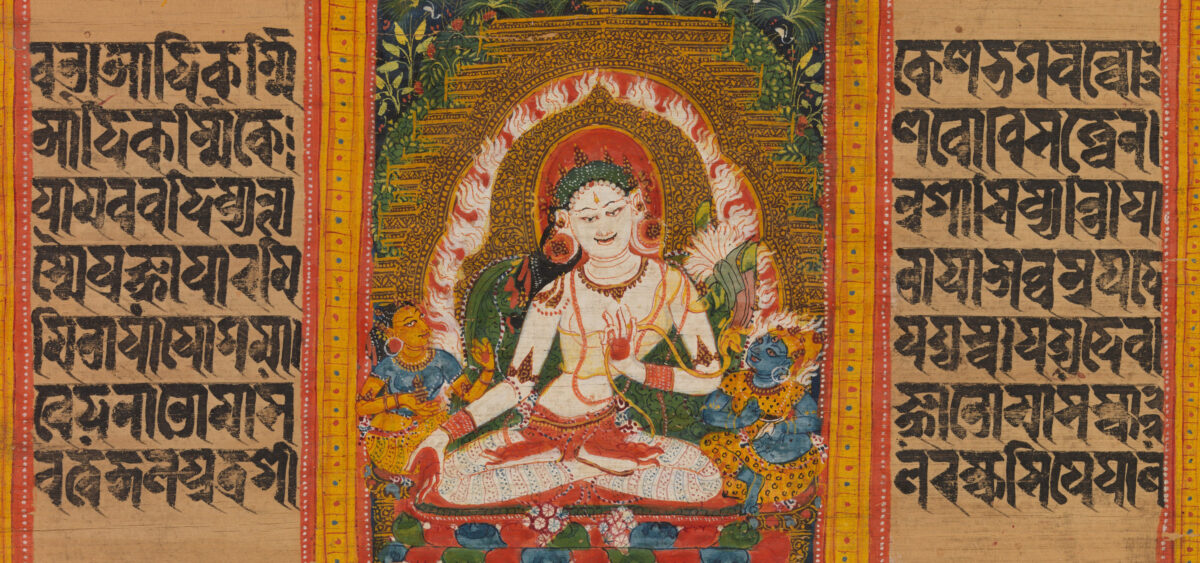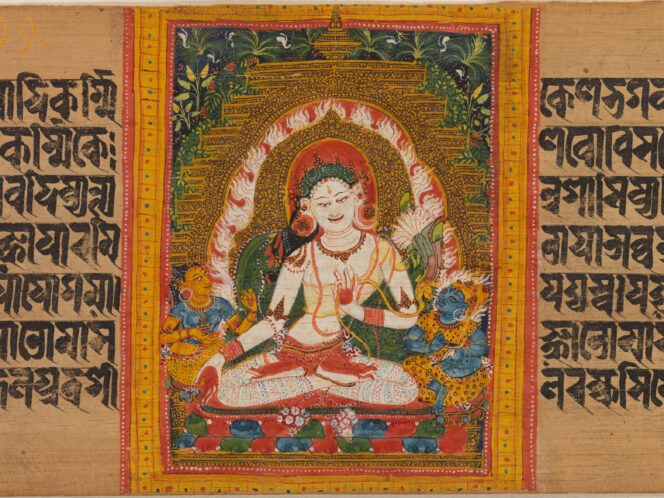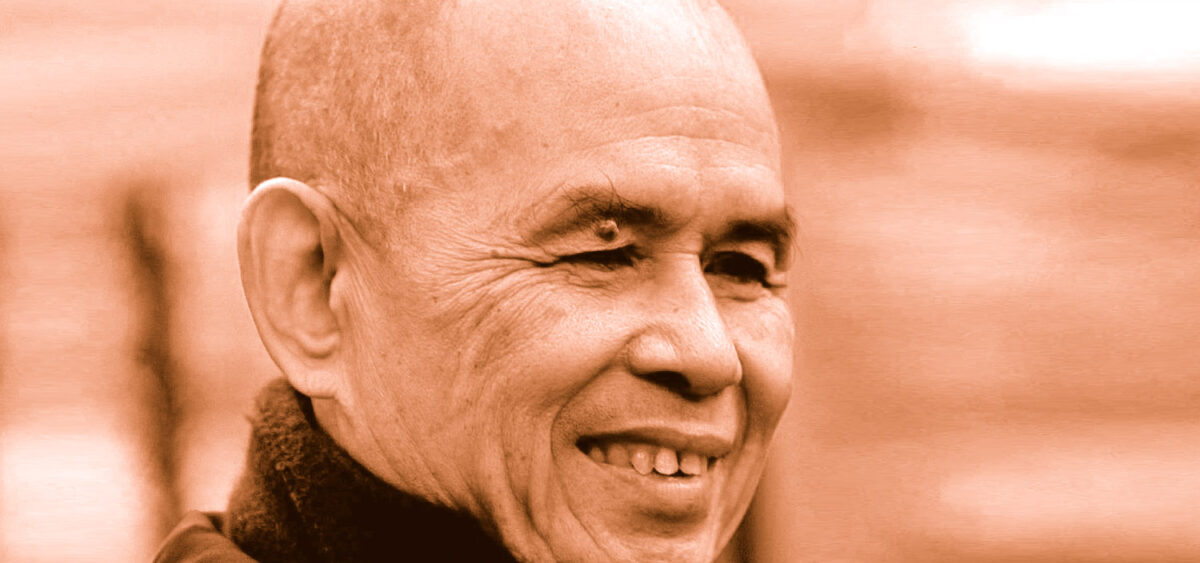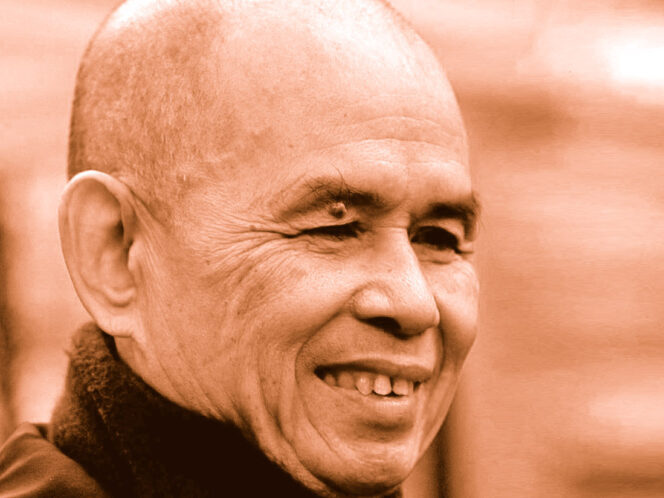
She grants people good health and long life, as well as bestowing on them love and compassion. The powerful White Tara holds a special place in the Buddhist religion. She is a tender mother goddess whose love proves stronger than death. Simultaneously—as is often the case with Buddhist deities—she is simply a part of human nature.
She is sometimes called the female Buddha. In Tibet she is known as Drolma, but in India and Japan she is called Tara. The goddess manifests in twenty-one forms, but only two of them are given special veneration: Green Tara and White Tara. The latter can be recognized among the dozens of figures adorning the multicolored thankgas—Buddhist religious paintings—owing to its distinct whiteness, which symbolizes compassion, wisdom, and the absence of the two veils of the mind, which are obstacles on the path to enlightenment (the state of liberation from suffering). The first veil is conflicting emotions; the second is dualistic knowledge—the division between subject and object (for the enlightened mind, everything is one).
The hands of White Tara are arranged in symbolic gestures (mudras): the left hand represents protection, while the right


